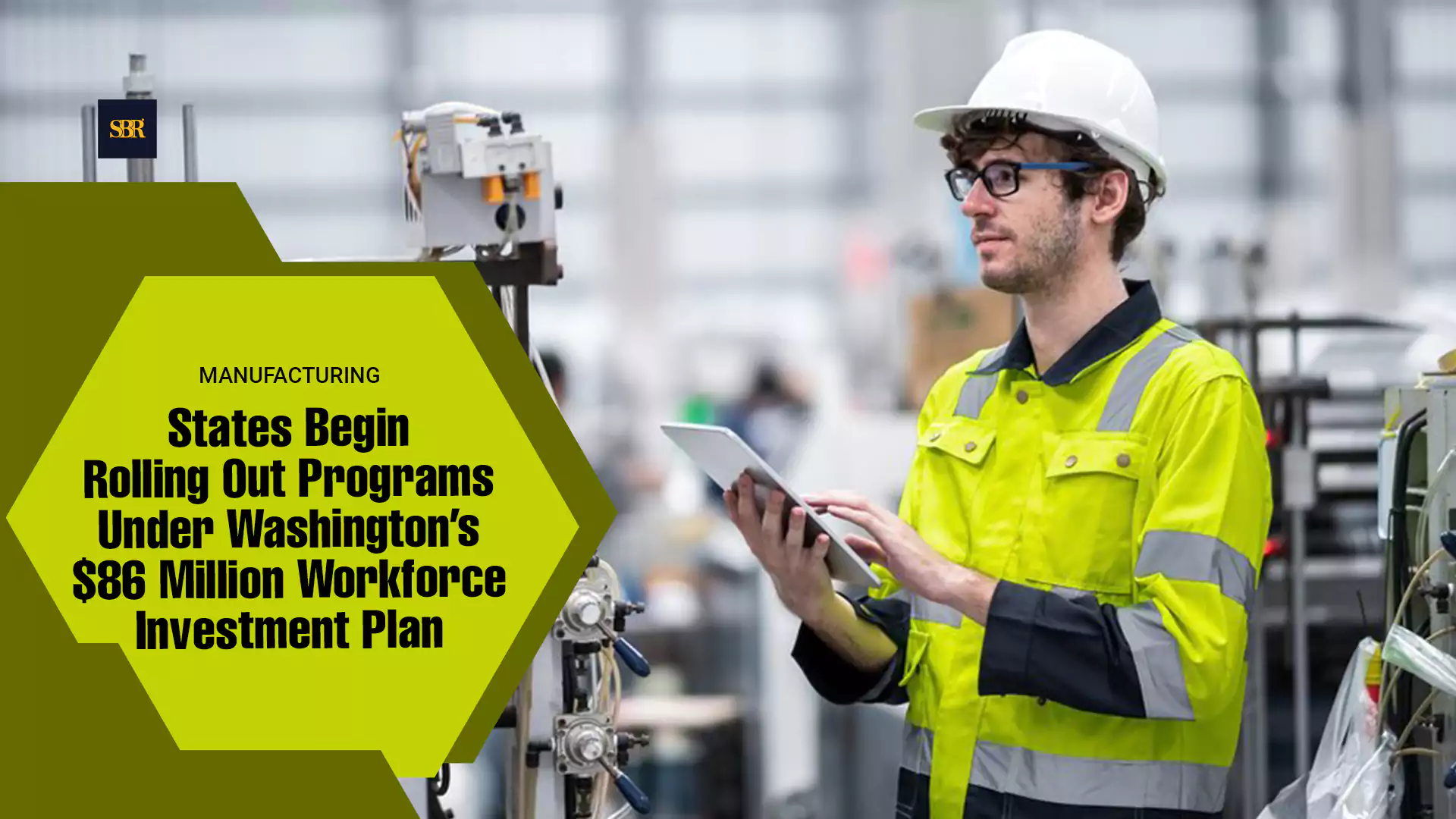Robotics is already transforming the manufacturing sector in several ways, and its impact is likely to continue growing. Here are key ways in which robotics is reshaping manufacturing:
Increased Efficiency and Productivity: Robots in manufacturing can perform repetitive tasks with precision and speed, leading to increased overall efficiency and productivity. This allows for faster production cycles and reduced lead times.
Precision and Quality Control: Robotics enables precise control over manufacturing processes, contributing to higher product quality and consistency. Robots can consistently perform tasks within tight tolerances, minimizing errors and defects.
Cost Reduction: While the initial investment in robotics can be substantial, the long-term benefits often include cost reduction. Robots can operate 24/7 without breaks, reducing labor costs and enhancing cost-effectiveness over time.
Flexibility in Production: Advanced robotics and automation systems are designed to be versatile and easily programmable. This flexibility allows manufacturers to adapt to changes in production demands and quickly reconfigure processes to produce different products.
Safety Improvement: Robots can handle dangerous and hazardous tasks, improving overall workplace safety. This results in a reduction in workplace accidents and allows human workers to focus on more complex, cognitive tasks.
Data-Driven Decision Making: Robotics in manufacturing generates a wealth of data that can be analyzed to optimize processes further. Manufacturers can use data analytics and artificial intelligence to identify inefficiencies, predict maintenance needs, and make data-driven decisions.
Customization and Personalization: Robotics facilitates the efficient production of customized and personalized products. Manufacturers can adjust production processes quickly to meet individual customer requirements, leading to a more responsive and customer-centric approach.
Collaborative Robots (Cobots): Collaborative robots are designed to work alongside human workers, enhancing collaboration on the factory floor. They can perform tasks that require precision and strength, allowing humans to focus on more complex and cognitive aspects of production.
Global Supply Chain Resilience: Robotics can contribute to building resilient supply chains by providing consistent and reliable production capabilities. This is particularly relevant in times of global disruptions, such as the COVID-19 pandemic.
Job Evolution and Upskilling: While some routine tasks may be automated, the adoption of robotics often leads to the evolution of job roles. Workers may transition to more advanced roles, involving the programming, monitoring, and maintenance of robotic systems, requiring upskilling.
As robotics technology continues to advance, its transformative impact on the manufacturing sector is likely to expand, fostering innovation, efficiency, and competitiveness.















